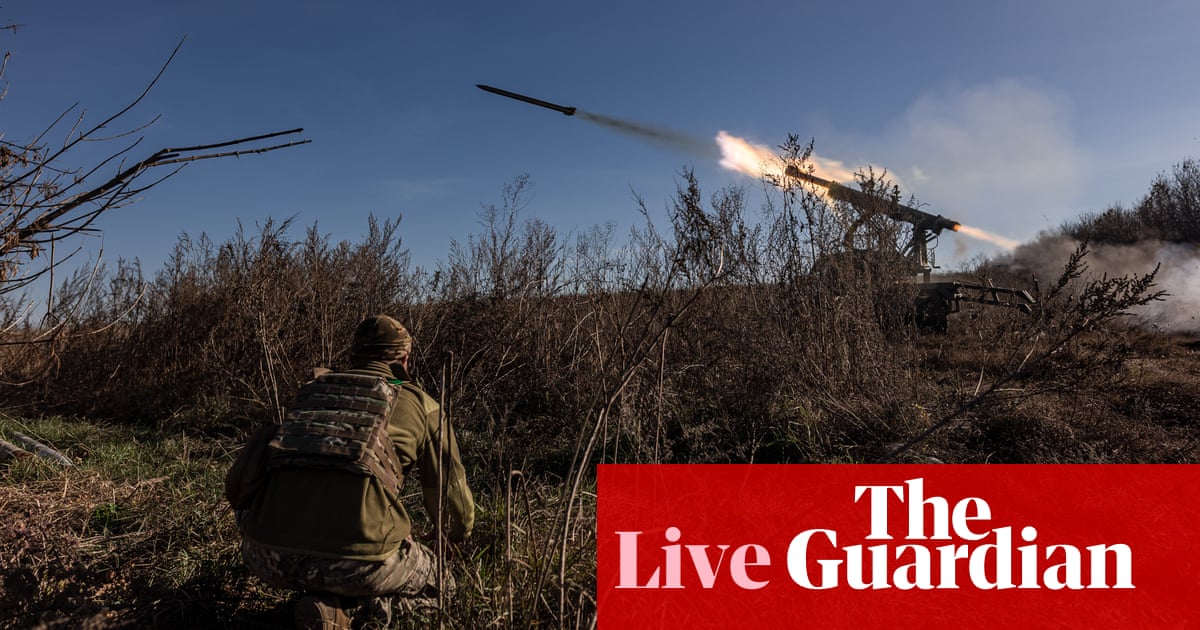
Ukrainian and Russian authorities issued fresh warnings about the risk of radioactive leaks at the Zaporizhzhia nuclear power plant, after shelling that each side blamed on each other.
Russia seized the plant at the beginning of the war and has turned it into a military staging post, crowding trucks into turbine halls and stationing them under overpasses and pipes.
It has ignored widespread international calls for the area to be demilitarised, amid warnings that damage to site infrastructure and strains on staff have raised the risk of a nuclear accident at Europe’s largest nuclear power plant.
On Saturday, Ukrainian nuclear power operator Energoatom said Russian forces had repeatedly shelled the site, and as a result by midday it was operating “with the risk of violating radiation and fire safety standards”.
“As a result of periodic shelling, the infrastructure of the station has been damaged, there are risks of hydrogen leakage and sputtering of radioactive substances, and the fire hazard is high,” the company said on Telegram.
Ukrainian authorities have distributed iodine tablets to residents in areas near the plant, which can help protect the body in case of a radiation leak.
Russia’s defence ministry responded to the Ukrainian statement with a claim that Ukraine had fired 17 shells at the site. It said some had landed on fuel storage sites.
Earlier this week, fires from shelling outside the plant perimeter cut power lines to the plant, disconnecting it from Ukraine’s grid for the first time in nearly 40 years of operation.
The cut off put cooling systems for the reactors, which run on electric power, at risk. One backup line to a nearby coal-burning plant kept power flowing to the plant but, if that goes down, the plant would rely on diesel-fuelled generators for power. If these break down, engineers only have 90 minutes to stave off dangerous overheating.
It was reconnected on Friday, but Ukrainian president Volodymyr Zelenskiy warned in his latest nightly address that “the situation remains precarious and dangerous.”
“Any repetition of [Thursday’s events, i.e, any disconnection of the station from the grid or any actions by Russia that could trigger the shut down of the reactors, will once again put the station one step away from disaster.”
There are fears that Russia wants to sever the plant’s connection to Ukraine’s grid and connect it to the Russian network via Crimea, possibly using the pretext of a cut off like Thursday’s.
Energoatom head Petro Kotin said Russian engineers had already drawn up a detailed technical plan for the transfer, and presented it to Ukrainian counterparts at the plant.
The UN nuclear watchdog, the International Atomic Energy Agency (IAEA), is trying to negotiate access to the plant for an urgent inspection mission “to help stabilise the nuclear safety and security situation there”.
Kotin told the Guardian a visit could come before the end of the month, but Ukrainian energy minister Lana Zerkal told a local radio station she was not convinced Russia was negotiating in good faith. “They are artificially creating all the conditions so that the mission will not reach the site,” she said.
Also on Saturday Russia published a decree that makes it easier for Ukrainian citizens to stay in the country. They will not need work permits and can have indefinite residency.
Moscow says 3.6 million Ukrainian citizens have moved to Russia since its forces invaded Ukraine, in a war that it officially calls a “special operation”.
Nearly half of those may have been moved against their will. The US state department estimated in July that Russian authorities had “interrogated, detained, and forcibly deported between 900,000 and 1.6 million Ukrainian citizens, including 260,000 children, from their homes to Russia.”












